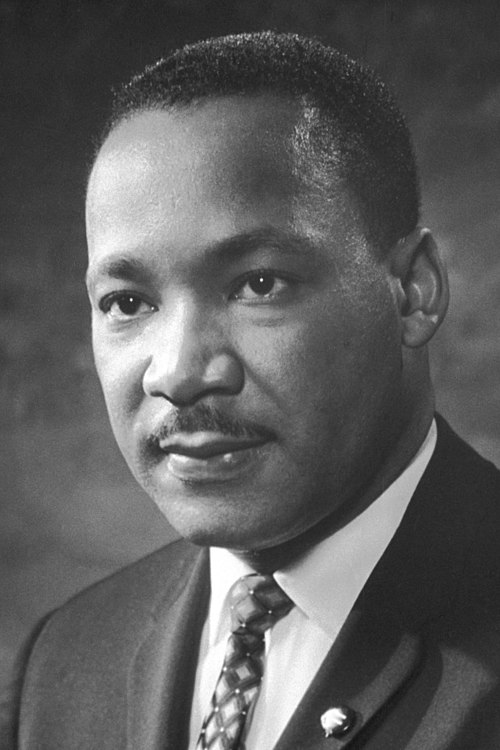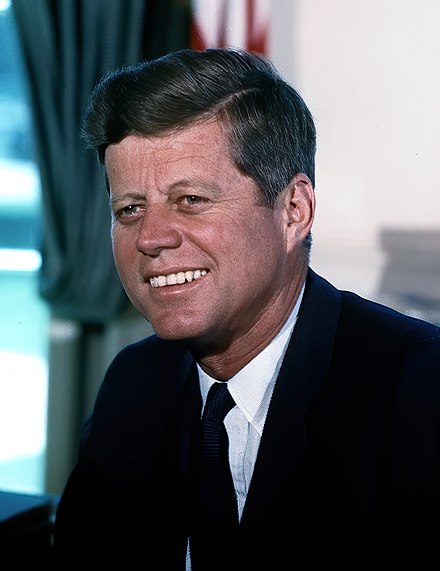
Martin Luther King Jr.
ENFJ - ProtagonistCategory
History
Nationality
American
Occupation
Activist
Martin Luther King Jr. (born Michael King Jr.; January 15, 1929 – April 4, 1968) was an American Baptist minister, activist, and political philosopher who was one of the most prominent leaders in the civil rights movement from 1955 until his assassination in 1968. He advanced civil rights for people of color in the United States through the use of nonviolent resistance and nonviolent civil disobedience against Jim Crow laws and other forms of legalized discrimination.
Similar ENFJ Characters
Explore other characters with similar personality traits
MBTI Personality Profile: ENFJ
Personality Analysis
Detailed Analysis
1. MBTI Type Assessment
- Extraversion (E): King was a charismatic and inspiring public speaker who thrived in social activism, mobilizing masses through speeches and marches. His ability to connect emotionally with crowds demonstrates strong extraversion.
- Intuition (N): He envisioned a future of racial equality (“I Have a Dream”) and relied on abstract ideals rather than concrete details, focusing on systemic change.
- Feeling (F): His decisions were deeply values-driven, emphasizing empathy, justice, and communal harmony. He rejected violent resistance, prioritizing moral integrity.
- Judging (J): He organized structured campaigns (e.g., Montgomery Bus Boycott, March on Washington) with clear goals and disciplined nonviolent strategies.
2. Cognitive Function Stack
- Dominant: Extraverted Feeling (Fe) – King harmonized collective emotions, uniting people under shared values. His speeches appealed to universal moral principles.
- Auxiliary: Introverted Intuition (Ni) – He foresaw long-term societal transformation, symbolized by his prophetic vision of equality.
- Tertiary: Extraverted Sensing (Se) – He adapted tactics to real-world events (e.g., media coverage of police brutality) to amplify impact.
- Inferior: Introverted Thinking (Ti) – Less prominent, but seen in his theological and philosophical rigor (e.g., “Letter from Birmingham Jail”).
3. Key Personality Traits
- Charismatic Leader – Mobilized diverse groups through inspirational rhetoric.
- Idealistic Visionary – Focused on transformative justice and unity.
- Empathic Mediator – Advocated nonviolence, understanding opponents’ humanity.
- Principled Organizer – Structured protests with strategic discipline.
- Resilient Advocate – Persisted despite imprisonment and threats.
4. Behavioral Pattern Analysis
- Public Engagement: Used speeches (e.g., “I Have a Dream”) to evoke emotional and moral resonance.
- Strategic Nonviolence: Combined Gandhi’s principles with Christian love to create systemic pressure.
- Collaborative Leadership: Partnered with organizations (SCLC, NAACP) to amplify reach.
5. Enneagram Type Analysis
- Type 1 (The Reformer): Driven by a moral imperative to correct injustice, adhering to strict ethical standards.
- Wing 2 (The Helper): Expressed through compassionate activism, mentoring others (e.g., young activists in Selma).
6. Big Five Traits
- Openness (O:90): High creativity in rhetoric and openness to new ideologies (e.g., blending Gandhianism with Christianity).
- Conscientiousness (C:80): Goal-oriented, with meticulous protest planning.
- Extraversion (E:85): Energized by public engagement and mass mobilization.
- Agreeableness (A:75): Cooperative, but firm in principles (e.g., confronting white moderates in Birmingham).
- Neuroticism (N:40): Remarkably composed under stress (e.g., calm during arrests).
Supporting Evidence
- Fe/Se: Orchestrated the Selma marches to leverage media exposure of police violence.
- Ni: Prophetic tone in speeches (“The arc of the moral universe bends toward justice”).
- Type 1w2: Rejected compromise on segregation (“Injustice anywhere is a threat to justice everywhere”).
- Big Five: His adaptability (O) is evident in adopting Gandhian tactics; low N is shown in his serene demeanor during crises.
Supporting Evidence
This analysis synthesizes King’s documented behaviors, speeches, and historical impact, aligning with psychological frameworks.
Cognitive Function Stack
Confidence: 90%The cognitive function stack represents how an individual processes information and makes decisions based on the MBTI theory.
Auxiliary Function: In
Introverted Function - Focusing on and drawing energy from internal thoughts, feelings, and reflections.
Dominant Function: Ex
Extraverted Function - Focusing on and drawing energy from the external world, people, and activities.
Inferior Function: In
Introverted Function - Focusing on and drawing energy from internal thoughts, feelings, and reflections.
Tertiary Function: Ex
Extraverted Function - Focusing on and drawing energy from the external world, people, and activities.
Enneagram Personality Profile:
Confidence: 90%1w2 (The Reformer with a Helper Wing)
Big Five Personality Traits
Confidence: 90%The Big Five personality traits represent the five broad dimensions of personality that are commonly used to describe human personality.




